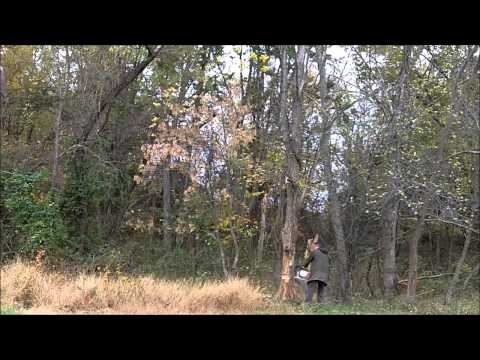Danger never takes a vacation:
OSHA requires that a protective hard hat is worn whenever you are working in an area where there is potential for injury to the head from falling objects. For tree care workers that means every time you get out of the truck. Tree workers are often hit on the side of the head (as well as the top) and would benefit from a helmet with side protection.
Q&A
How do I know if I have a safe helmet?
Look on the inside of the helmet. It should have the manufacturer’s name or ID, the date of manufacture, the type and class of helmet, head size and ANSI Z89.1-2014, Z89.1-2009 or Z89.1-2003.
The ANSI numbers mean it has met all the safety requirements for helmets.
What are those other markings?
![]() – The hard hat can be reversed, worn backwards or forward.
– The hard hat can be reversed, worn backwards or forward.
HV – The hard hat meets all testing requirements of the standard for high visibility colors.
LT – Low temperature use.
HT – High temperature use.
Can I wear a cap, scarf, or liner in cold weather under the helmet?
Only liners specified by the manufacturer can be used. Check with the manufacturer.
Can you put decals or spray paint the helmet?
Generally, decals are not a problem, but spray paint or adhesives may degrade the plastic or hide defects in the helmet. Again, check with manufacturer.
Do hard hats wear out?
YES! Check hats daily for cracks, dents, penetration, plastic chip flakes, discoloration, and chalky appearance. Look at the liner. If it’s worn or broken it should be replaced immediately.
If a big branch falls on me, I’m going to die anyway, why bother with a hard hat?
Small branches fall too, chippers spit out objects, climbers drop tools, your workplace is full of hazards. In 2012, more than 65,000 cases involving days away from work occurred due to head injuries in the workplace (2015 edition of the National Safety Council chartbook “Injury Facts”). That same year, 1,020 workers died from head injuries sustained on the job. Only 1 in 65 died from a head injury, the 64 others got hurt. Bet they’re glad they had their hard hats on!
No doubt about it, hard hats prevent injuries and save lives!
Should I wear a hard hat if there is no apparent danger?
Yes. Wear it every time you get out of the truck. In your work environment, unexpected hazards are the norm. Your hard hat will defend you from sudden dangers, when you don’t have the time or space to move out of the way.
Are hard hats considered sexy?
Why you should wear a hard hat cutting down a tree
Want to see what happens to tree care workers who don’t wear a hard hat? OUCH!!!! Nigel needs more PPE!





























